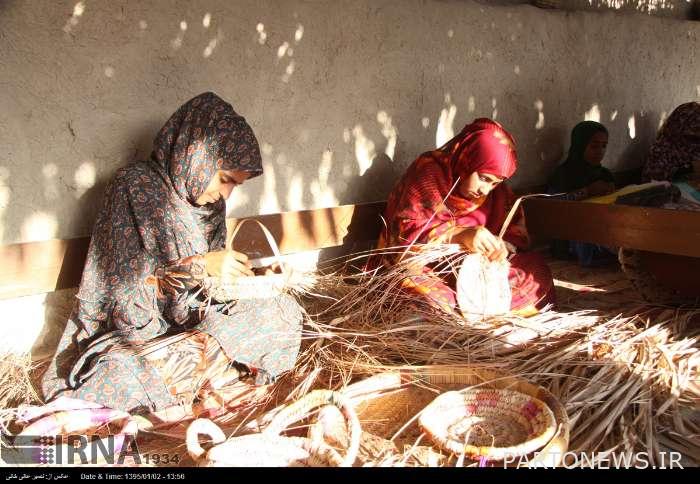Imaginary braids of Qeshm women, the cultural identity of the land of water and sunshine

The fantastic braids of Qeshm women represent the cultural and civilizational identity of the land of water and sunshine, which can play a significant role in attracting tourists, so efforts should be made to develop these handicrafts, because this industry can represent many characteristics. be a cultural and social jewel of the Persian Gulf and generate income.
Today, the discussion of the tourism industry and the possible consequences of its expansion in the society has become one of the most important discussions. The press and other media have dedicated a special section to planning and examining issues related to this field of activities.
There are few publications that do not have a special page for tourism. But some officials and experts also point to the negative aspects of tourism and consider it a means of cultural invasion, and on the other hand, a group also pay attention to the tourism industry as a means of economic and social development.
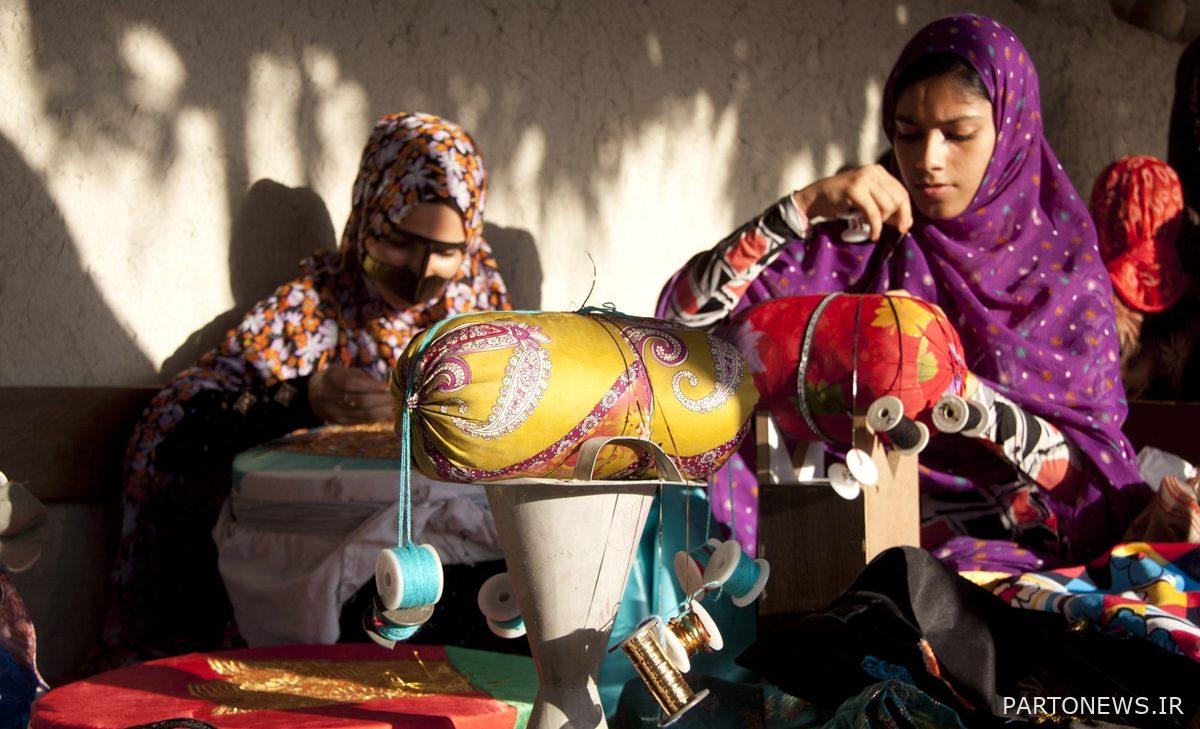
But what emerges from all these discussions is the richness of the ancient, historical, natural, cultural and anthropological attractions of our land, Iran, which has been proposed as one of the top 10 countries of tourist attractions.
Iran’s huge tourism resources provide many capabilities in very favorable fields for social, cultural and economic planning, but it must be said that until now these God-given resources have not been properly used and implemented, and no complete plan has been formulated to realize these possibilities. Is.
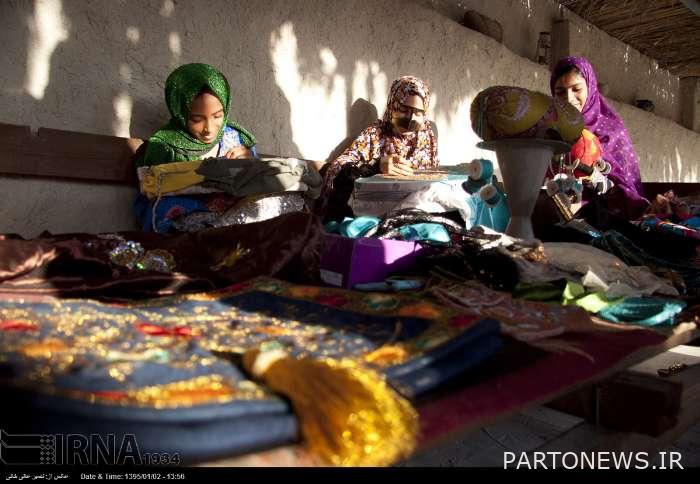
In addition to what has been said, most of the efforts that have been made in the field of tourism have been made around historical and ancient monuments and natural attractions, and the anthropological issue of Qeshm islanders with a diverse range of their products that have remarkable artistic features and in The format of all kinds of handicrafts as well as customs and ways of living are thousands of years old and in accordance with the climatic conditions.
However, experience has shown that the main motivation of many foreign tourists is to get to know the culture and civilization and the customs of the destination countries, and one of the most important ways to recognize this culture and civilization is the achievements and products, which are the concrete embodiment of it, especially In a country with culture and civilization like Iran, it should be seen in various works of handicrafts.
In fact, it must be said that handicrafts have such cultural and artistic richness in different dimensions that each piece alone can contain and represent a lot of the history of civilization of a society.
Serious attention to the category of handicrafts by the statesmen and the officials of the free zones of the country causes foreign tourists to buy many samples of these works and in this way the country receives a lot of foreign currency income and in this way, the sale of these works is a powerful incentive in To create domestic producers, especially in established but remote areas that do not have the power to sell their works.
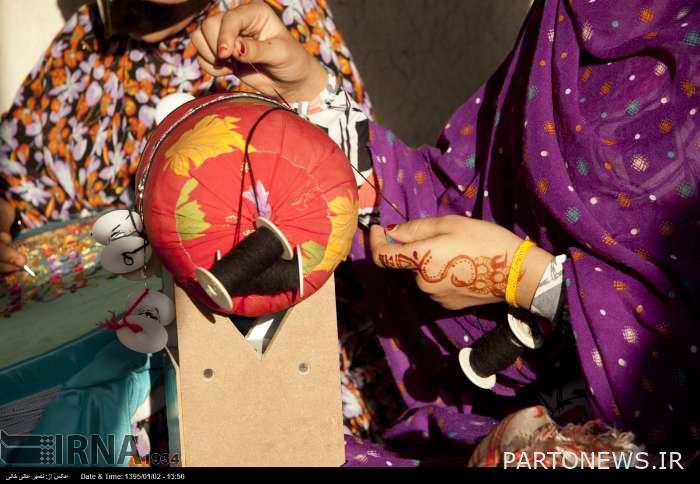
For sure, no achievements and even natural works can represent the culture and civilization of a country as much as handicrafts, because beautiful natural works only reflect the weather conditions and natural situation of a country, but achievements such as needlework, embroidery Hi, Glabton embroidery and traditional embroidery of the native women of Qeshm in a delicate and artistic way can be much better and more introduction of creative thought and rich taste and art of the people of a community and an island next to the turquoise waters of the Persian Gulf.
In Qeshm Island, special attention should be paid to the category of handicrafts due to its special function in creating employment and encouraging more tourists to visit the island, and most importantly, its important role in identifying the culture and civilization of this historical island. In the past, extensive programs have been implemented for the regeneration of Qeshm handicrafts, and today it is such that Qeshm is considered as an active center in the field of authentic handicrafts.
Handicrafts in our time, when technical knowledge and various technologies have dominated all industries and there is no escape from it in today’s machine life, is an industry that attracts the tired soul of today’s people by combining technology and emotions.
At first glance, we may think that handicrafts are only works of art, but with a little reflection, we can understand the cultural role of this important field of art and human civilization.
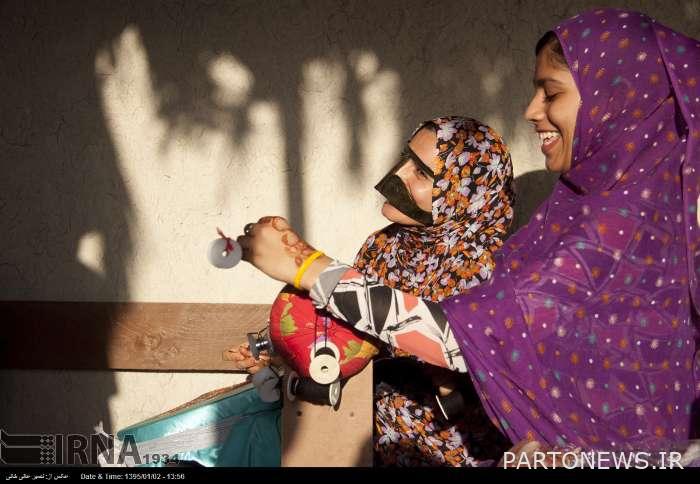
Handicrafts play a significant role in supporting cultural identity, and cultural identity is considered one of the pillars of the development of human societies. The culture in any region is made up of different subcultures, which are the result of the cooperation and empathy of the different ethnic groups living in that region. Therefore, the development and preservation of regional cultural products is absolutely necessary, because these cultural products are the most reliable guarantor of development.
Handicrafts, as one of the most important cultural products of different regions, strengthen their cultural identity with their local and traditional characteristics and increase people’s creativity and awareness of cultural heritage.
Paying attention to the color, shape, climate and language and dialect of each region is effective in its handicrafts. In fact, handicrafts are the result of the way of thinking, religion and tradition of each place where they are produced, so the trade of handicrafts is not only the exchange of goods, but also the exchange of thoughts, ideas, rituals and professions of each nation and country.
Although the handicrafts of southern Iran are not as diverse and interesting as the handicrafts of other regions of Iran, they play a very important role in people’s lives in terms of the fact that they play an important role in the employment and income of this region, especially at the village level. In addition to the fact that the products produced are also of interest in terms of local consumption.
The people of Qeshm, as one of the most important places in the southern region, play a role in the production of popular art, and this point, the link between handicrafts and the spirit of a nation, shapes the identity and personality of Qeshm handicrafts. The traditional arts of Qeshm are obviously the product of history and the historical and experimental activities of the artists of southern Iran.
Handicrafts of Qeshm Island also show the creativity of hardworking people who have always tried to turn their land into a prosperous center for production and economic activities. In this island, people make art using the most available materials.
They decorate their lives with what the sea brings them as souvenirs and heal the dryness of the island by making shell flowers. It can be said that in Qeshm Island, arts and crafts combined with customs and local culture in general have created a rich and fruitful collection of handicrafts.
In Qeshm Island, handicrafts have reached their main goal, which is to meet people’s needs and improve the surrounding environment. Most of the handicrafts produced in Qeshm are initially based on the needs of the local people and are produced by women, but the men of the island also use their hand-made lances to open the heart of the sea and bring sustenance and souvenirs. They also do not sit idle and use the same wood to make lanjs, which are a reminder of their efforts for a halal livelihood.
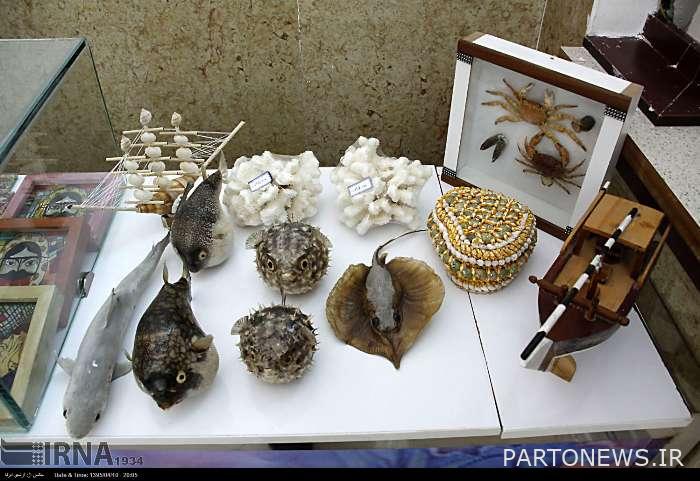
The most important products of Qeshm women artists are all kinds of embroideries, which are all produced using their artist’s claws. The women of the island use various gold and silver threads to produce glabton embroidery, khos embroidery and shak bafi. Among them, the main use of glabton embroidery and shak bafi is to decorate trousers and khos dozi to decorate local scarves.
One of the main vegetation of the island is the palm tree, which, in addition to being used for food, its leaves are also used at the highest possible level, and the production of various types of wicker objects is one of them. From the point of view of the contented people of this land, nothing is superfluous and you can create art from the heart with creativity.
Making musical instruments, including oud, is another field of handicrafts on the island, which has always led to the creation of the most delicate and original handmade works, and at the same time, it has greatly contributed to the continued flourishing of Qeshm traditional arts.
Most of those people who have the necessary taste and talent to create works of art use certain raw materials to express their feelings and ideals or to show their inherent talents and abilities.
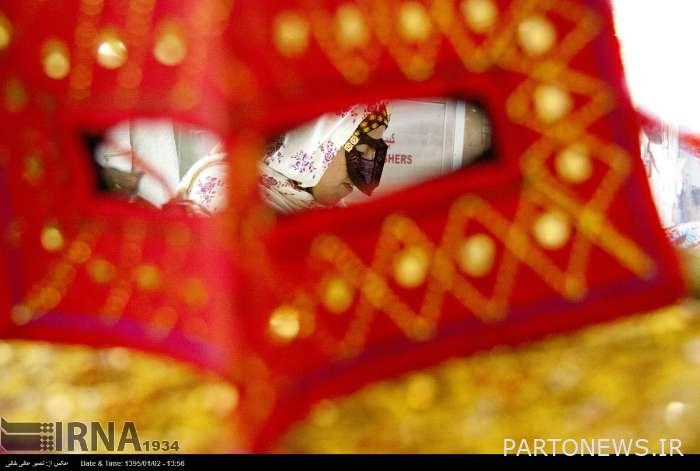
All kinds of oysters, scallops, corals and remains of other aquatic animals are among the materials that, due to their delicacy and fragility, their preparation for making various objects requires a lot of patience, patience, precision and skill. The people of Qeshm use this sea salt to create original works of art and decorate their lives with it.
Religion and beliefs of the people also play a prominent role in their lives, and the color and scent of religion is reflected in most of the works in Qeshm, which is reflected in the plastering of verses of the Qur’an, hadiths, the names of imams, and the blessed attributes of God in mosques and You can even see houses and sculptures on gravestones.
The writings on the doors are limited in an altar-like frame, and people standing in supplication stand out above their windows. Everyone invites people to unity in a way.
The Persian Gulf, with an area of nearly 237,473 square kilometers, is located between 24 and 30 degrees and 30 minutes north latitude and 48 and 56 degrees and 25 minutes east longitude from the Greenwich Meridian, and the beautiful island of Qeshm is like a gem on the expanse of blue waters. It shines.
This island with an area of 1,500 square kilometers from the Strait of Hormuz, parallel to the south coast of Iran, with a length of 135 kilometers and an average width of 11 kilometers, is a part of Hormozgan and has a coastline of 300 kilometers.
Qeshm city includes Qeshm, Hengam and Lark islands with about 150,000 people, spread out from the Strait of Hormoz parallel to the coast of Hormozgan province, with a length of 150 km and an average width of 11 km, in the waters of the Persian Gulf.
